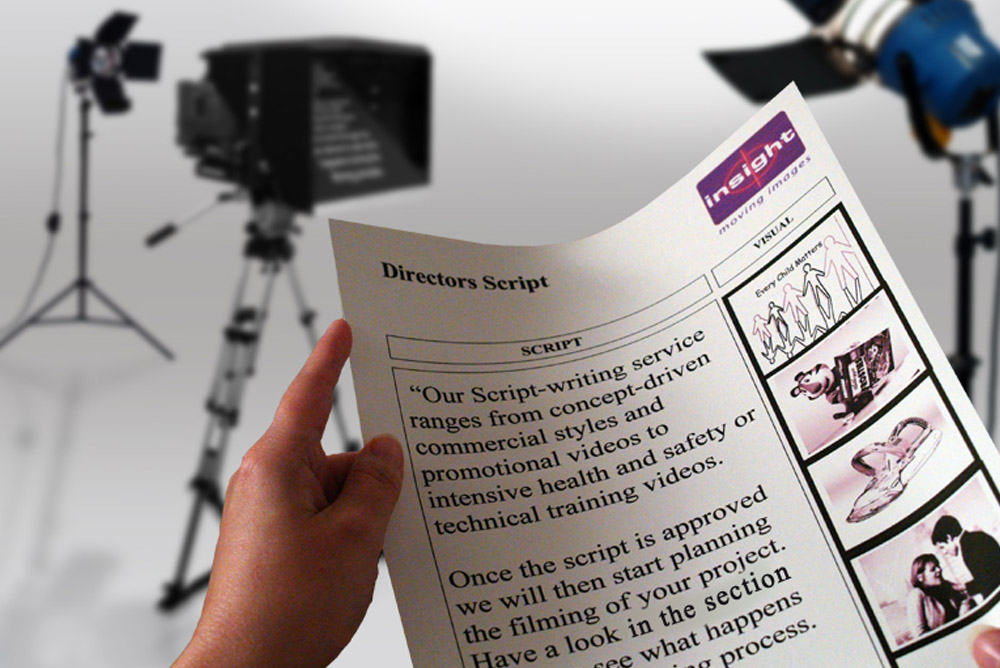Now Reading: What’s Involved in Scriptwriting for Video Projects?
-
01
What’s Involved in Scriptwriting for Video Projects?
What’s Involved in Scriptwriting for Video Projects?

Scriptwriting blends technique and imagination to create engaging videos. A video production studio facility gives you structured support to write scripts to achieve your communication goals and create quality content. Here are the details involved in scriptwriting for video projects:
Shaping Your Story
A studio consolidates producers, writers, directors, and technicians to create insights that guide productive scripts. Free-flowing collaboration regarding objectives, audience, and central messages is the foundation for scripts that are appropriate for your project. Every decision that stems from this tone and visual style is based on the original insight into the project objectives. A phased calendar also helps align timelines and deliverables with each milestone. Once the idea is established, scriptwriting proceeds with a clear direction that aligns creative choices with the project’s desired outcomes.
Aligning Your Script
Script printing directs pre-production by providing crews with the framework for storyboards, shot lists, and production schedules. Scripts also dictate the set, lighting, equipment, and location specifications. All of these plans collectively function to translate your script into images that advance the function of your story. Synchronization between scriptwriting and pre-production creates a smooth workflow, enabling filming to proceed smoothly.
Blending Narratives
Scripting approaches vary based on the desired genre, message, and purpose. Straight narrative pictures can move along chronologically, while documentaries will intercut various points of view. Montage reels’ scripts create atmosphere and dictate the primary images more than calling for shot-by-shot realization. Video production studio writers like to strike a middle ground by creating a balance between art and structure to construct scenes that move your communication objective forward.
Capturing Performances
Directors rely on end scripts to capture video that characterizes your story’s intention. Scripts guide the direction of shot framing, camera focus movement, and lighting. Scripts also help editors in the logging of takes, trims, and comments. Sharing those marked-up scripts with directors helps translate raw footage into a cohesive rough cut. Reading scripts before shoots inspires collaboration and brainstorming between directors and writers.
Developing Storylines
Editors utilize final scripts as their guide track for building the film. They look to scripts to chain scenes together, select transitions, and determine pacing to create a sense of tension. Editors may stray from scripts in case they have ideas incorporated in revisions that may enhance them. They also help pick up scriptless dead ends that must be overcome via reshoots or rewrites before having a final cut.
Your script’s job extends through video distribution across target platforms. Regardless of format or length, the script should stay true to your core message and story logic. Translating scripts into other languages helps maintain those attributes in international versions designed for cross-cultural appeal.
Explore Video Production Studio Today
Studios script a wide range of films, including commercials, corporate training videos, crowdfunding campaigns, media tours, and roundtable discussions. The roots of the process lie in the narrative sequences that helped launch film as the dominant medium for storytelling. By tapping into that expertise, you can script engaging content on a wide range of production projects. Contact a video production studio today to see how their storytelling approach might align with your vision.





















